
The Monocoupe 90 was a two-seat, light cabin airplane built by Donald A. Luscombe for Monocoupe Aircraft. The first Monocoupe was built in an abandoned church in Davenport, Iowa, and first flew on April 1, 1927. Various models were in production until the late 1940s.

The Aeronca L was a 1930s American cabin monoplane designed and built, in small numbers, by Aeronca Aircraft. It differed significantly from other Aeronca planes by the use of radial engines, streamlining, and a cantilever low wing.

The Arrow Sport was a two-seat sporting biplane aircraft built in the United States in the 1920s and 1930s.

The Caudron C.109 was a light utility aircraft built in France in the late 1920s.
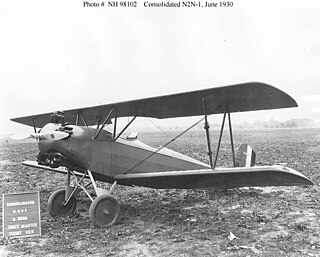
The Fleet Model 1 and its derivatives were a family of two-seat trainer and sports biplanes produced in the United States and Canada in the 1920s and 1930s. They all shared the same basic design and varied mainly in their powerplants.
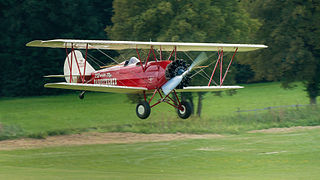
The Travel Air 2000/3000/4000 (originally, the Model A, Model B and Model BH were open-cockpit biplane aircraft produced in the United States in the late 1920s by the Travel Air Manufacturing Company. During the period from 1924–1929, Travel Air produced more aircraft than any other American manufacturer, including over 1,000 biplanes. While an exact number is almost impossible to ascertain due to the number of conversions and rebuilds, some estimates for Travel Air as a whole range from 1,200 to nearly 2,000 aircraft.

The Meyers OTW was a 1930s United States training biplane designed by Allen Meyers and built by his Meyers Aircraft Company from 1936 to 1944.

The Lincoln-Page PT was an American open-cockpit two-seat single-bay biplane trainer aircraft produced from 1929 to 1931.

The Monocoupe 110 Special was a United States sporting and racing aircraft of the 1930s and 1940s.
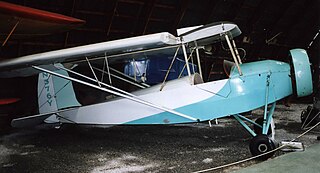
The Nicolas-Beazley NB-8G is a United States two-seat parasol wing light monoplane that was constructed in the early 1930s.

The Waco 9 is an American-built three-seat biplane design that first flew in 1925.
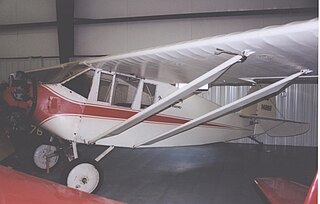
The Star Cavalier was an American two-seat high-wing light aircraft first introduced in the late 1920s.
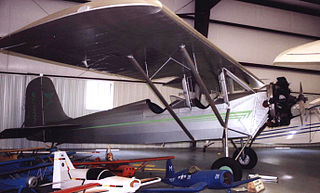
The Timm Collegiate was a series of American-built two-seat light aircraft of the late 1920s.
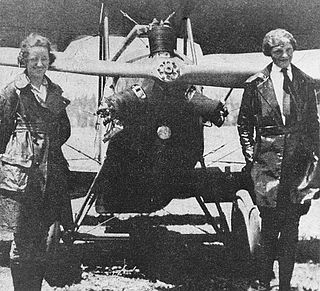
The Kinner Airster is an American two-seat single-engined biplane designed by Bert Kinner and built by his Kinner Airplane & Motor Corporation.

The Mohawk M1C was a 1920s American two or three-seat low-wing monoplane designed and built by Mohawk Aero Corporation of Minneapolis, Minnesota. One M1C was evaluated by the United States Army Air Corps in 1930 as the YPT-7 Pinto for use as a primary trainer.
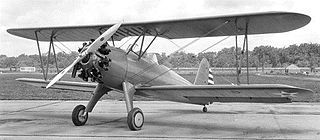
The St. Louis YPT-15 was an American two-seat primary training biplane, built by the St. Louis Aircraft Corporation for use by the United States Army Air Corps. 13 examples of the type were acquired, serving in the late 1930s.
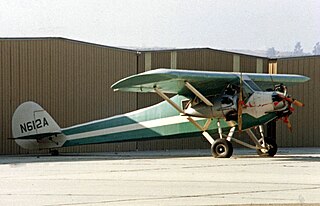
The Kreutzer Air Coach is an American-built light trimotor transport aircraft of the late 1920s.
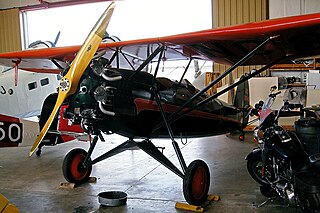
The Davis D-1 is an American light two-seat parasol-winged monoplane of the late 1920s.
The Mercury Chic T-2 was a lightweight American parasol wing monoplane designed and built by the Mercury Aircraft Inc. in the late 1920s. Flown for the first time in 1928, about 27 were built, but due to the early 1930s economic depression only 15 were sold, and the rest were scrapped.

The Gee Bee Model A was an American two-seat open cockpit single-bay biplane developed by the Granville Brothers that first flew in 1929.



















